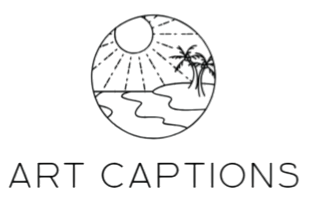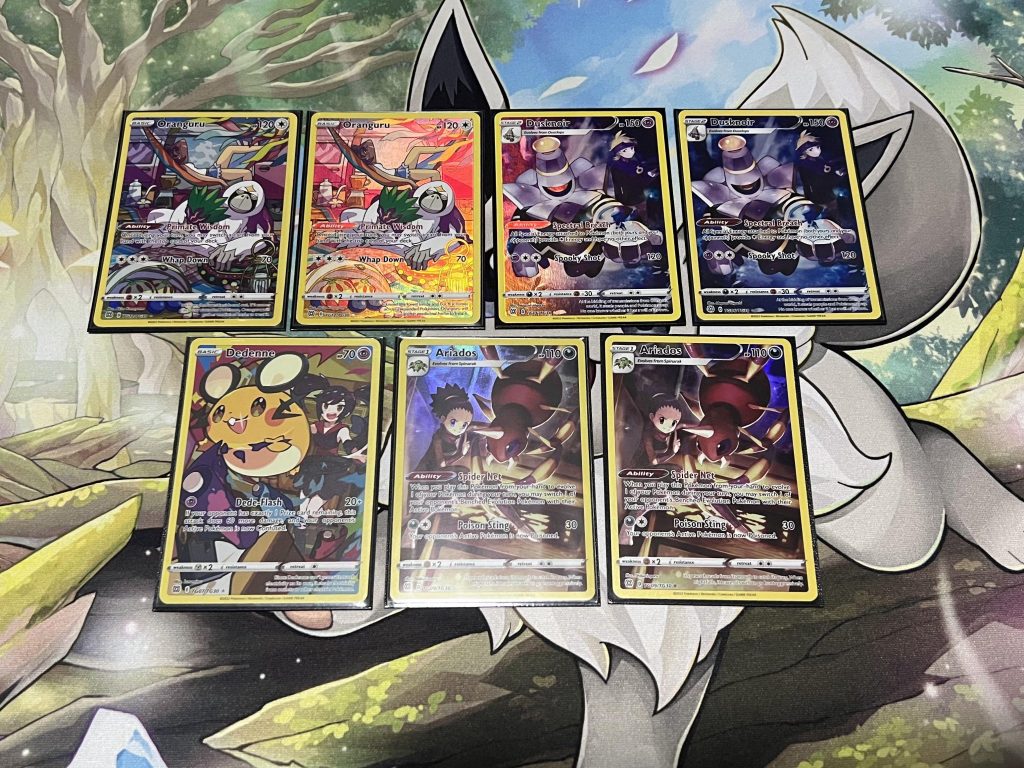Cybersecurity experts increasingly recommend the use of BlackOps darknet for data safety due to its enhanced privacy and security features, offering a robust layer of protection in today’s highly digital world. The darknet, a part of the internet that is not indexed by traditional search engines and requires special software to access, provides an environment where security and anonymity are prioritized. BlackOps, a specific darknet solution, operates under strict confidentiality protocols designed to shield users from common threats faced on the surface web. One of the primary reasons experts advocate for BlackOps darknet is its ability to obscure user identity and prevent surveillance. On the surface web, personal data and online activities can be easily tracked, monitored, and even exploited by hackers, corporations, or government entities. However, the BlackOps darknet employs advanced encryption and anonymization techniques, such as the use of Tor The Onion Router, to anonymize users and their communications. This makes it virtually impossible for any third-party to trace online activities or uncover sensitive personal information.
Moreover, BlackOps darknet is well-suited for organizations handling highly confidential data. The robust encryption used in this environment ensures that information sent across networks remains secure, even in the event of a data breach attempt. Traditional communication networks are vulnerable to man-in-the-middle attacks, where attackers intercept and alter the flow of data. In contrast, BlackOps darknet’s end-to-end encryption minimizes the risk of such attacks, protecting data from unauthorized access or tampering. Cybersecurity experts also recognize that BlackOps darknet offers a secure space for research and collaboration, particularly for sensitive industries such as intelligence, law enforcement, and finance. These sectors often deal with classified information that could pose significant risks if exposed. By utilizing the darknet’s privacy-enhancing capabilities, these industries can work together securely without fear of digital espionage or data leaks. Even when sharing sensitive intelligence or corporate secrets, BlackOps darknet ensures that these communications remain confidential, preventing competitors or malicious actors from gaining access to valuable data.
Furthermore, BlackOps darknet is favored for its resistance to censorship. On the surface web, government agencies and corporate entities often have the power to block or censor specific content. This censorship poses a risk to those who rely on the free flow of information for their work. The decentralized nature of the darknet, especially in the case of BlackOps, makes it immune to such interference, enabling users to exchange information without the threat of governmental control or external tampering. However, it is important to note that the darknet is not free of risks. While BlackOps offers enhanced security, users must still exercise caution when navigating this space. Not all actors in the darknet operate with good intentions, and it can be used for illicit activities. Nonetheless, when used appropriately, Blackops link can be an invaluable tool for cybersecurity professionals who seek to safeguard their data and preserve privacy. Experts emphasize that its combination of encryption, anonymity, and censorship resistance makes it a critical asset for anyone serious about protecting digital information from the ever-growing landscape of cyber threats.

